- Details
- Written by: Maggie Amsler
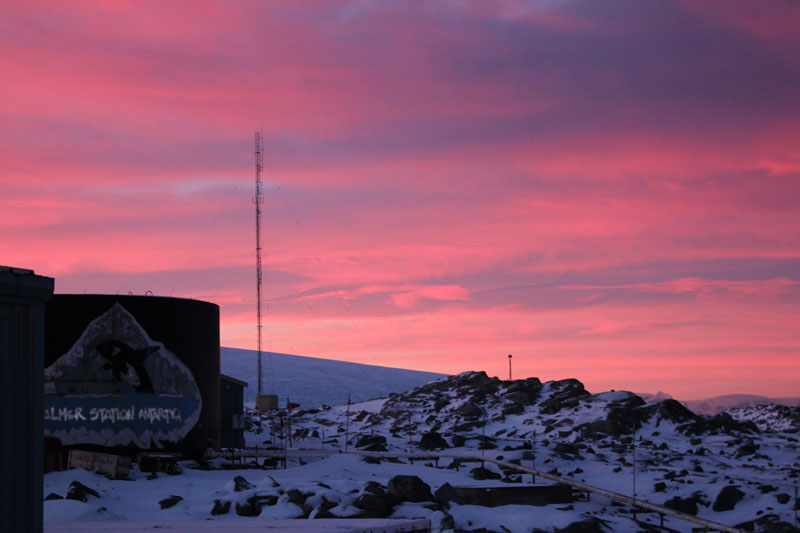
A mesmerizing symphony of pastel reds and blues entranced Palmer Station and many a camera the other morning. The shifting color palette not only soothed and appeased our gray-weary community; the lively color medley energized us as well. This was the undeniable dawn of a new day and in retrospect for me a harbinger of the coda – shifting, waiting in the wings….
- Details
- Written by: Sabrina Heiser
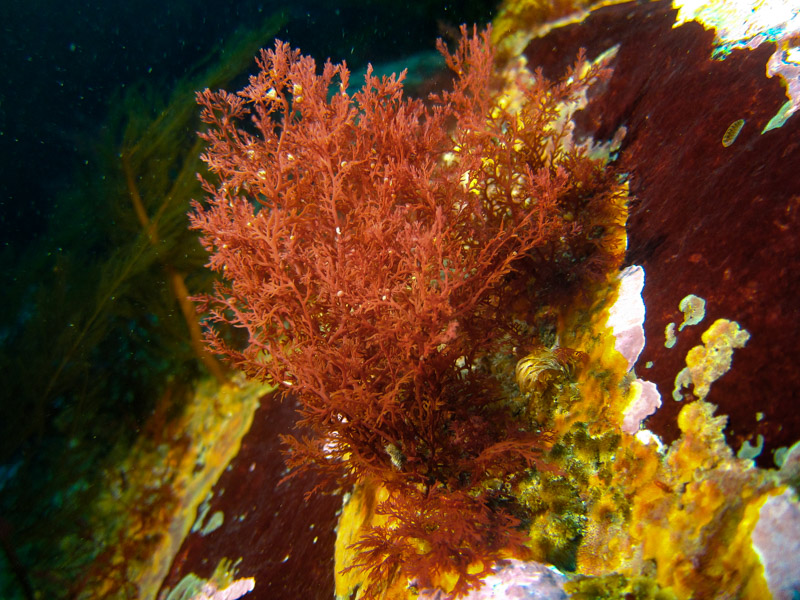
If you consult Wikipedia (I would not recommend it as a scientific source though) you will read that “a transect is a path along which one counts and records occurrences of the species of study (e.g. plants)”.
- Details
- Written by: Michelle Curtis

Naturalist = Student of natural history (the scientific study of observations of plants and animals).
Antarctica = The earth’s southernmost continent. Also, one of the most remote and pristine habitats dominated by natural flora and fauna and virtually untouched by humans.
- Details
- Written by: Jim McClintock

The UAB Antarctica team members, faculty, research associate, and graduate students, are all on the lookout to amplify the impact of our educational outreach program, or in the parlance of the National Science Foundation, ‘broaden our impacts.’ This may be accomplished in myriad ways.
- Details
- Written by: CJ Brothers
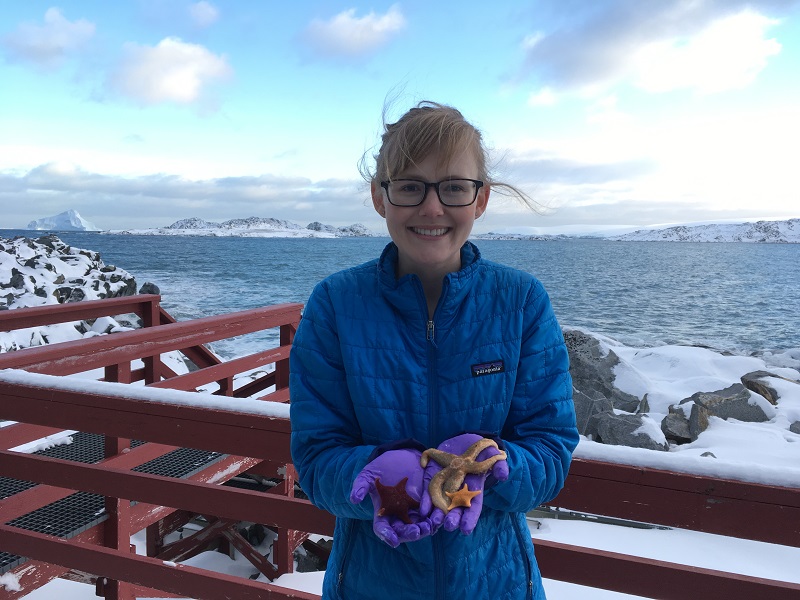
Sea stars are probably not the first animal you think of when you think about Antarctica. But, they are some of the most abundant animals in the shallow waters surrounding Palmer Station.
- Details
- Written by: Maggie Amsler
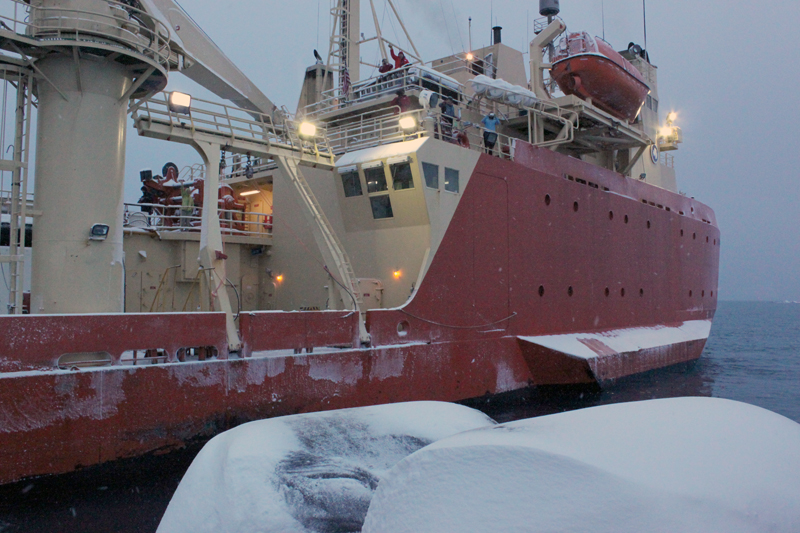
Recently, the Laurence M. Gould sailed north fulfilling the inevitable cycle of arriving at Palmer, making new friends, then months later sailing away. The departure scene is the same, though the names of those on the ship’s deck waving goodbye, sometimes tearfully, change. In June, our team members will be the ones on deck waving back
- Details
- Written by: Chuck Amsler

The Laurence M. Gould sailed north yesterday, taking with it 17 friends who have been sharing Palmer Station with us, some since we arrived in February, some for just the past few weeks. That brings the station population down to 27 from its normal maximum level of 44. While the station feels a bit more cozy now, even with 44 it still feels like a home away from home. And just like a family in our northern homes, everyone pitches in to take care of this one.
- Details
- Written by: Sabrina Heiser
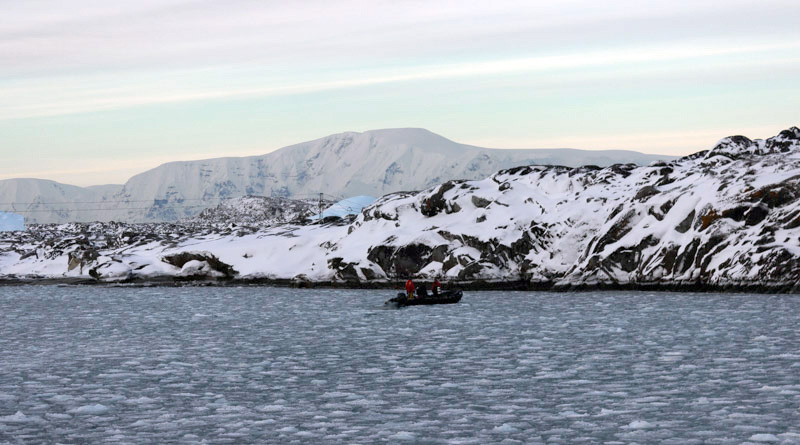
Palmer Station is a field base for science, surrounded by a magnificent landscape. However, what makes this place really special for me
- Details
- Written by: Michelle Curtis
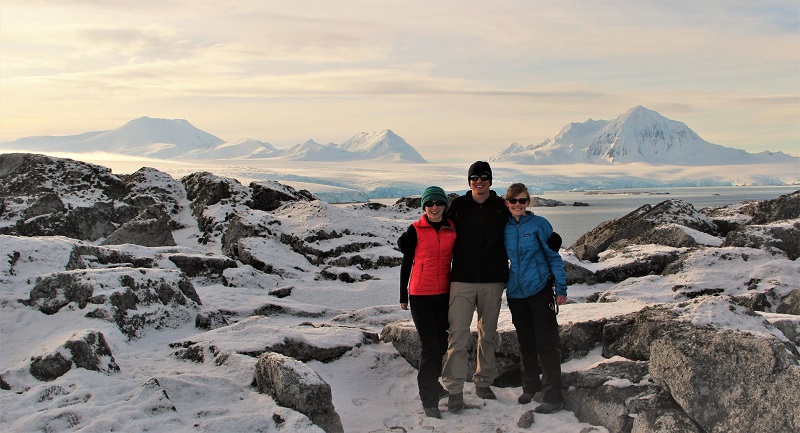
If you’ve been reading our blogs, you already know that Palmer Station is basically a wonderful slice of icy paradise. So, then what is it like to use your morning off to take a “vacation” from paradise?
- Details
- Written by: Jim McClintock
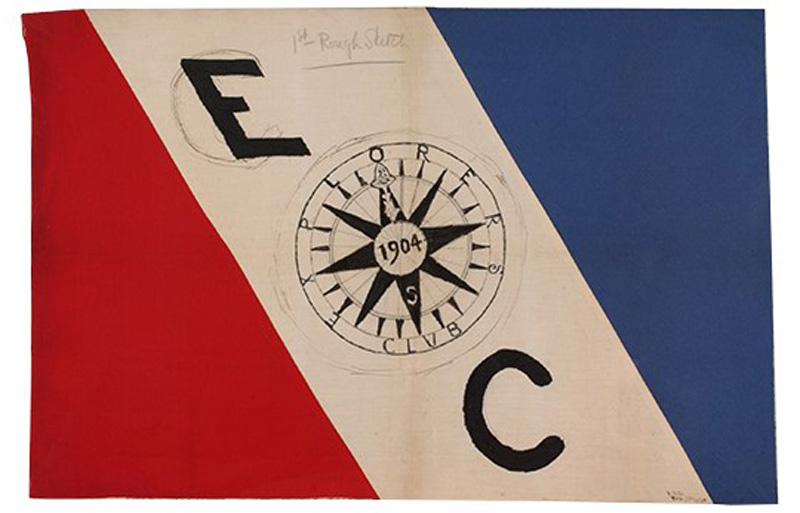
The Explorer’s Club, headquartered in an old majestic stone-crafted building in New York City, was established in 1904 to celebrate and encourage the exploration and study of our planet. The Explorer’s Club flag
- Details
- Written by: CJ Brothers
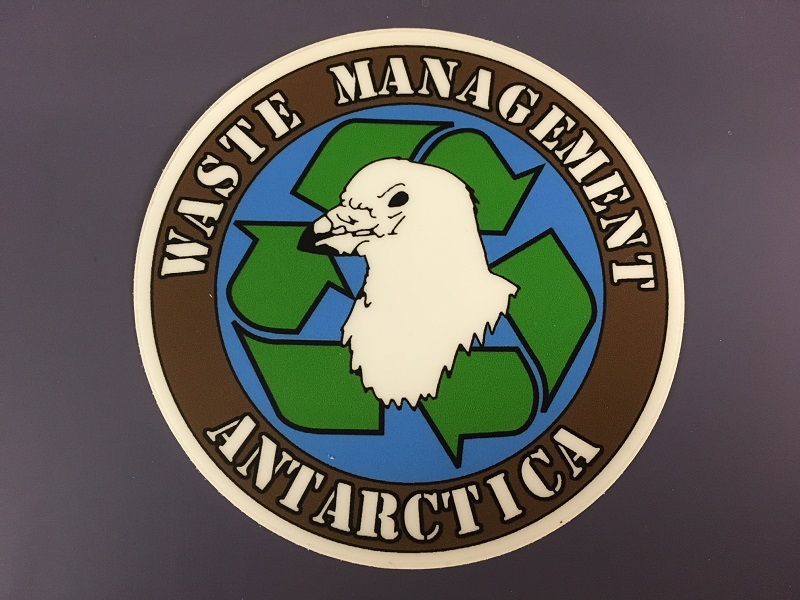
In Antarctica, everyday life is closely tied to the penguins, birds, and other wildlife surrounding us. So, what are we doing at Palmer Station to “save the penguins”?
- Details
- Written by: Maggie Amsler
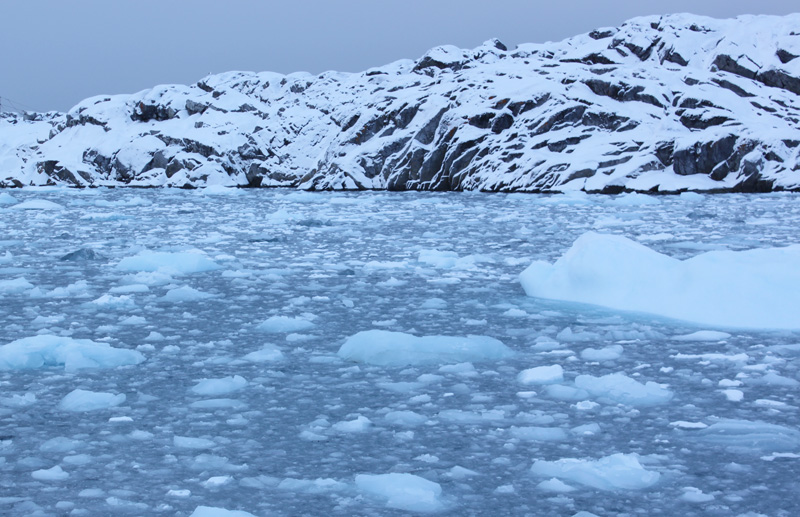
My morning started with the wailing cry of seagulls – not an uncommon sound at seasides anywhere in the world. My seaside however did not include sand between toes or a tropical breeze.
- Details
- Written by: Chuck Amsler
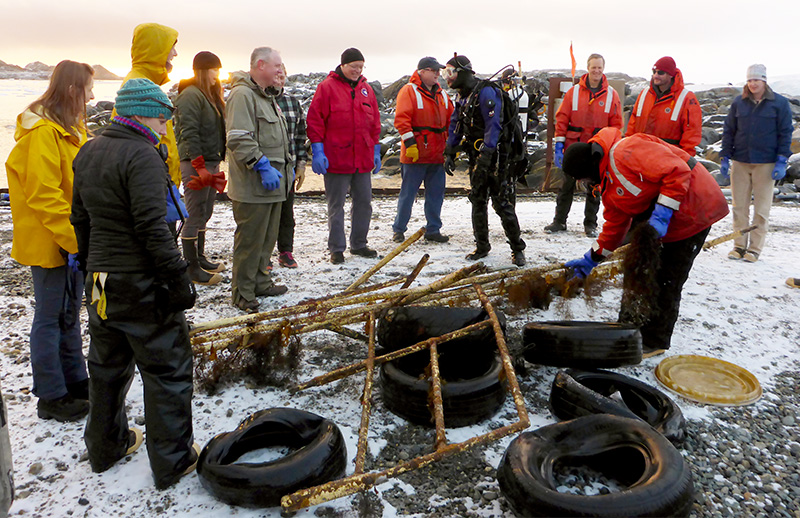
You probably know that Earth Day was last weekend. Our UAB in Antarctica group teamed up with other current Palmerites to do our bit to keep the station’s underwater surroundings clean.
- Details
- Written by: Sabrina Heiser
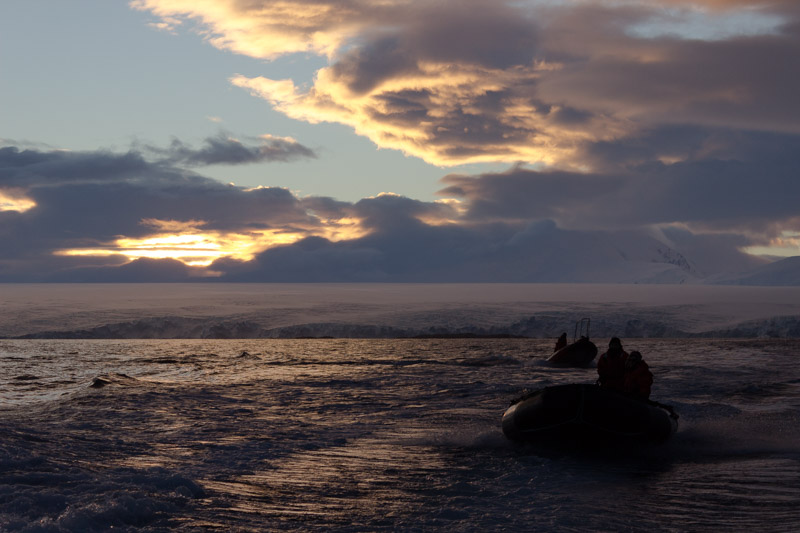
Once upon a time, on a continent far, far, away, it was a crisp winter morning with occasional little snow flurries swirling through the air. At 8:30 am, 30 minutes before sunrise, the divers and their fearless tenders were ready to head out, to islands far, far away.
- Details
- Written by: Michelle Curtis
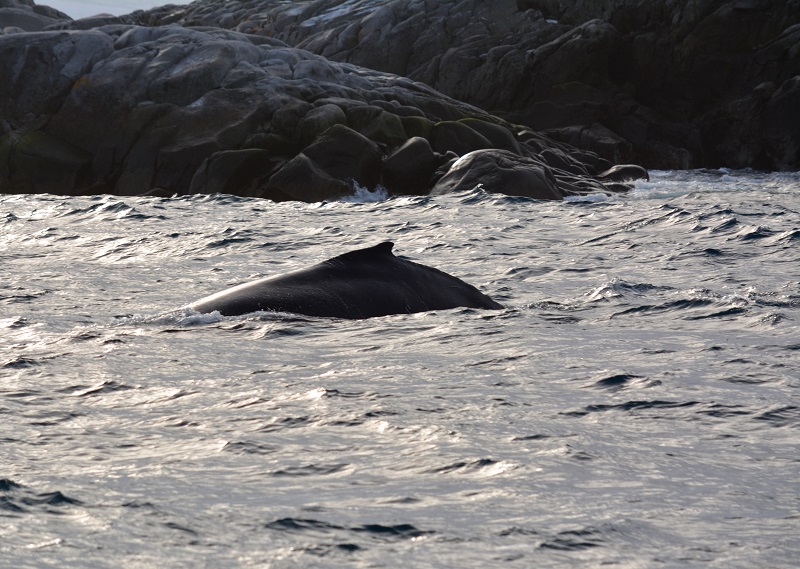
You’re out in a zodiac, the air is crisp, the ocean is choppy, the bow of the boat comes down off of a rolling wave to reveal the dorsal fin of a humpback whale in the distance. Trailing close behind is a smaller dorsal fin. You watch from a distance as mother and calf take turns surfacing for air – gracefully soaring along the shorelines of several islands on their way out to sea. Today, you are a whaler!
- Details
- Written by: Jim McClintock
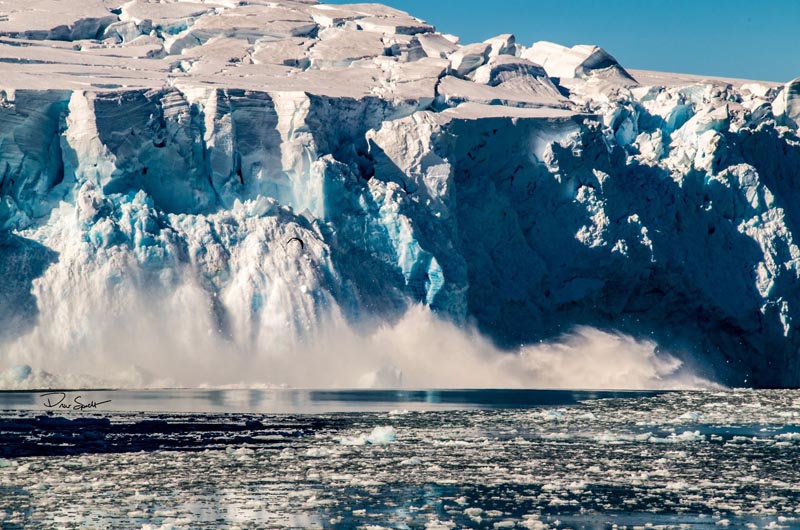
When I arrived at Palmer Station this past February, I set about what has become a routine whenever I am fortunate enough to visit and live at the station: an assessment of how climate change has altered the region since my last visit.
- Details
- Written by: CJ Brothers
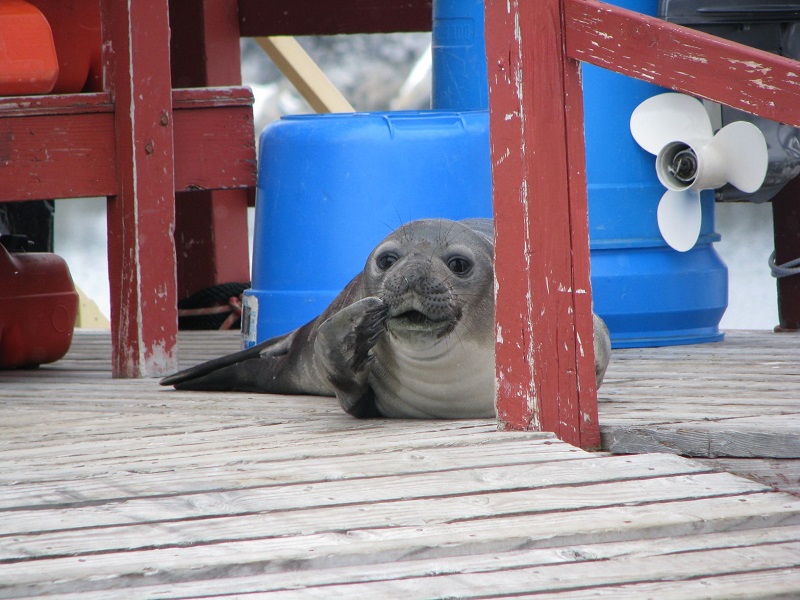
As someone who has chronically inhabited graduate student apartments, I have never lived in a house with a backyard. To my delight, Palmer Station has a “backyard” to beat all backyards, complete with seals and skiing!
- Details
- Written by: Maggie Amsler
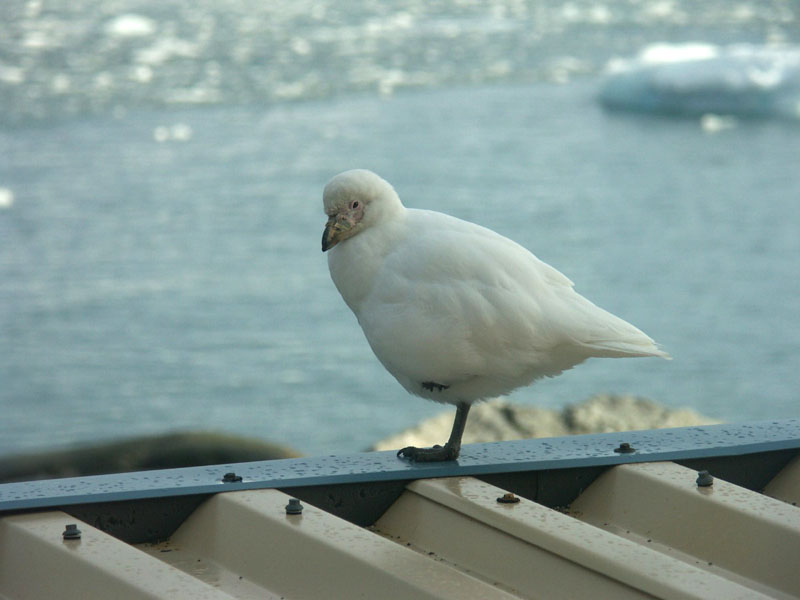
Question: Is this an antarctic chicken doing yoga on a rooftop?
Answer: No, it is Snow White…..
- Details
- Written by: Chuck Amsler
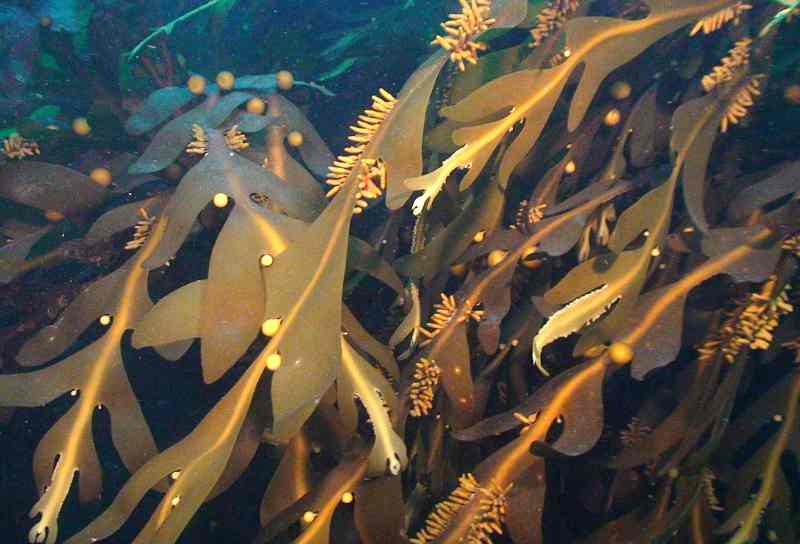
I gave the weekly science talk on Tuesday night, giving the staff and other scientists on station background about what everyone on our project is doing and why. In my introduction I used one of my favorite but always true set of lines: “Don’t let anyone tell you that there are no forests in Antarctica. There are! They are forests of macroalgae (seaweeds) beneath the sea right outside our station.”
- Details
- Written by: Sabrina Heiser
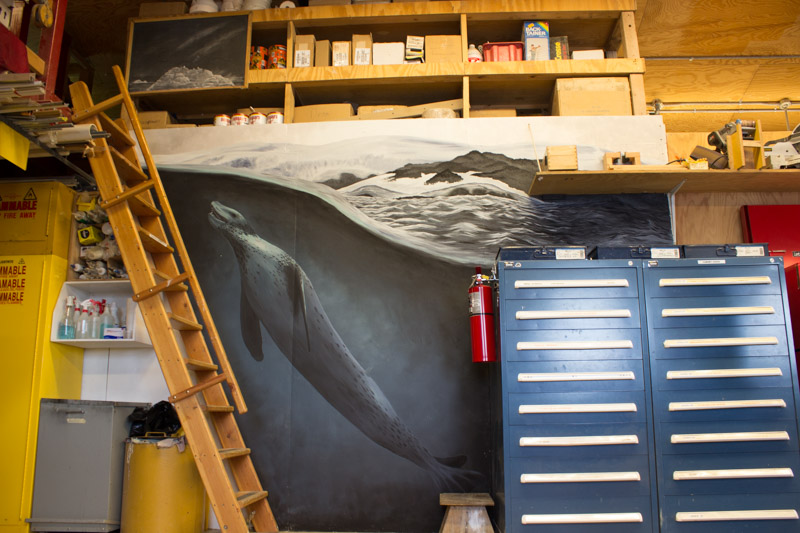
If you are out at remote field station and you need something specific or something breaks, you are either lucky and have spare parts around or you need to be inventive and build it yourself.